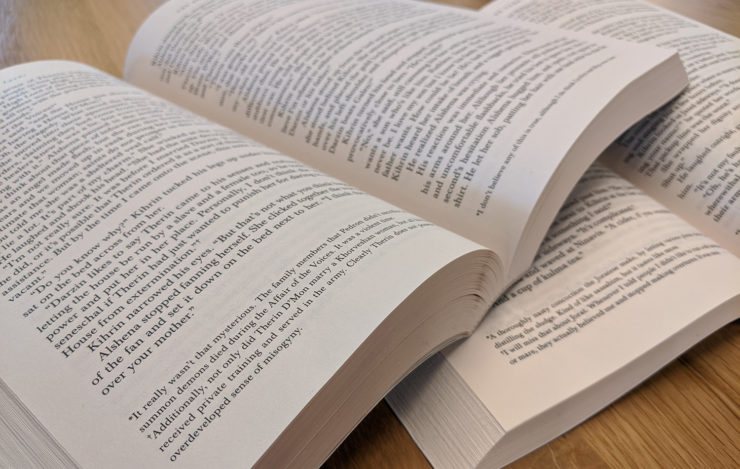Books are a curious paradox. They are, at once, both story and object. And one of the most compelling bits of paratextual material that confronts and engages with this conundrum is the footnote. Other paratextual materials can be more easily separated from the story or even ignored. There’s an old cliché about not judging a book by its cover, and the maps and illustrations in classic fantasy novels are often so expected they don’t always register as a way of guiding you, the reader, through the book.
Like maps, illustrations, and covers, footnotes frame the text. They also pause it. They offer a chance to step back from the narrative and dispute it, observe it, or explain it. Footnotes aren’t often found in fantasy, and because a footnote’s natural habitat is the academic text, footnotes bring with them implications of scholarly rigor, a sense of painstaking objectivity, or carefully grounded and continuing arguments in The Academy.
Jenn Lyons’s The Ruin of Kings takes the implications of the footnote seriously, and uses them to confer authority on the compiler of the various bits of evidence, thus inviting the reader to agree with his findings. In-world compiler and royal servant, Thurvishar D’Lorus, introduces the book as “a full accounting of the events that led up to the Burning of the Capital,” based on transcripts and eyewitness accounts, the footnotes being D’Lorus’s “observations and analysis.” The very acts of explanation and analysis confer authority. The footnotes position D’Lorus as an authority whom the reader is invited to believe. It also lends an air of authenticity to the bundled set of “documents,” suggesting, via their presentation, that they are impartially but carefully gathered evidence, and positioning the reader as a judge and active participant in the proceedings.
Buy the Book
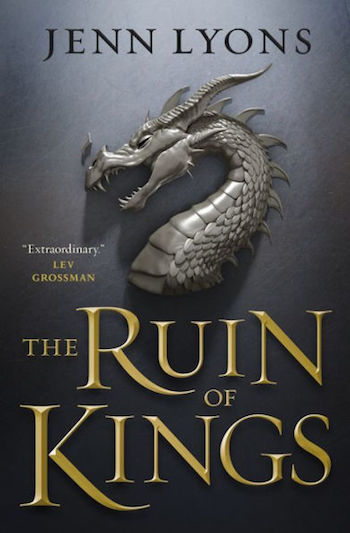

The Ruin of Kings
Jonathan Stroud’s Bartimaeus Sequence also explores the implications of authority inherent in footnotes (and endnotes, depending on the edition), but turns it on its head by keeping the footnotes to the first-person sections narrated by Bartimaeus, a five thousand year old djinni. In a front note for the GoogleBooks edition of The Golem’s Eye, Stroud makes his purpose in including footnotes explicit: “Bartimaeus is famous for making snarky asides and boastful claims, which you can find in this book’s endnotes.” The marginalized first-person narrator reflects the power structure of Stroud’s alternate world London, where humans work magic by using “the right words, the actions, and most of all the right name” to trap spirits like Bartimaeus to do their bidding. Via footnote, Bartimaeus reasserts his personality and authority in a narrative that begins with his entrapment and enslavement to Nathaniel.
Buy the Book
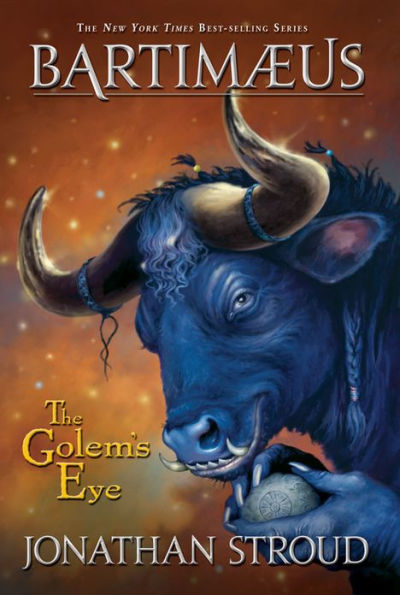

The Golem’s Eye
Susanna Clarke’s Jonathan Strange & Mr Norrell seems like a similarly straightforward example… at first. In her merged world of Regency England and Faerie, the practice of magic has fallen aside in favor of the academic study of magic. The novel itself purports to be part of this tradition, citing magical texts that exist only in the world of the book, in an attempt at verisimilitude that later becomes subversive. Several footnotes contain hidden Faerie stories unknown to any of the characters, or the other scholarly works previously cited, and, in fact, dispute the story filling up the body of the page.
The omniscient narrator compiling all this information is never named, but the footnotes begin to seem more like the real story. On certain pages, the footnotes take up more space than the narrative, just as the minor characters begin to take up greater and more important positions within the plot. The Gentleman with the Thistledown Hair, the main antagonist, is not defeated by the titular Strange or Norell, but by Stephen Black the butler. This shift in focus, on the page and in the narrative, asks the reader: what stories, and what people, are being marginalized by the master narrative? Who gets to occupy the page? What have you missed by not looking deeper, or by looking at those traditional fantasy, or traditional history, ignores?
Buy the Book
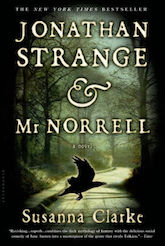

Jonathan Strange & Mr Norrell
Sir Terry Pratchett, perhaps the most famous footnoter in fantasy, is also deeply concerned by these questions of who gets to be in a story and who gets to tell it. But his interest isn’t just in interworld commentary, but a deliberate engagement of our world. A first reading might suggest that he wields footnotes as worldbuilding, providing information or jokes that might otherwise slow down the plot. But his footnotes weave an elaborate network of literary allusions that asks the reader to think critically about how other books inform the one they are currently reading.
In one footnote for a nonsense academic posting as a reader of Invisible Writings, Pratchett does all three of these things very neatly. He explains how academia works on the Disc, makes a joke on esoteric subject matter in academia, and offers a clever definition of intertextuality, which can be “boil[ed] down to the fact that all books, everywhere, affect all other books.” This explanation is a key insight into Pratchett’s authorial approach. He writes fantasy books about other fantasy books. His footnotes situate his works within the genre and tell the reader: pay attention. The tropes he is turning inside out and upside down (and shaking until all the jokes fall out of their pockets) exist within a web of other tropes. What is it you know about elves, or Santa, or gender, and where did you learn them? What other narratives have you been taught and who told them to you? Most importantly: why do you believe them?
Buy the Book


Lords and Ladies
In the metafictional Thursday Next series by Jasper Fforde, this questioning of the text takes a turn for the literal. In Lost in a Good Book, the second in the series, Next’s usual method of entering into literary worlds is destroyed, and Mrs. Nakajima teaches her the art of “bookjumping,” where one can read one’s way into a book. Next doesn’t just passively lose herself in the story. She becomes an active participant, continuing her work as a literary detective.
The dedicated detectives who investigate crimes against and within literature are members of an elite squad known as the Jurisfiction . One of their main communication tools is the “footnoterphone,” where a character speaks on the page, and gets a response from another in the footnotes. It’s a clever mise-en-abime of the Thursday Next series itself, as Next spends the series moving in and out of fictional worlds and talking with some of the most famous characters in the Western literary canon. She is literally in dialogue with and commenting on the actions of Miss Havisham or the Jane Eyre, questioning their choices and changing the plots of their novels. It portrays a character actively engaging with a text: forging personal connections with it, questioning it, and investigating just how and why a story is the way it is. (Next’s later visit, in book six, to FanFiction Island, also suggests another method of active engagement with a text.)
Buy the Book
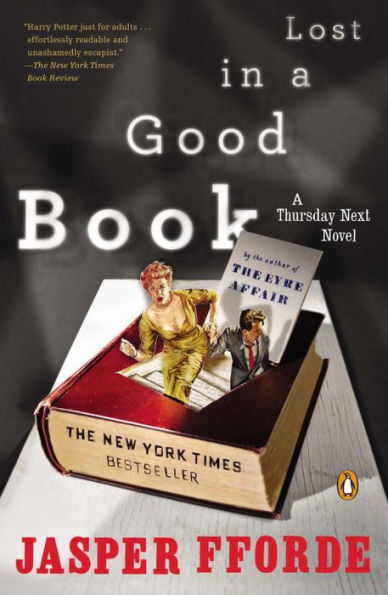

Lost in a Good Book
Though footnotes may seem like an academic affectation that distances the reader by calling attention to the book as an object, rather than a narrative in which you can unthinkingly immerse yourself, they can, in fact, heighten our understanding of, and engagement with, the story. They signal that there is more to this world and this story than is in the narrative. They lift up the hood of the text block to show you the mechanics of the world— the rules of magic, or the previous experiences of a narrator-— as well as the mechanics of book production. They ask: who made this book for you? Was it a helpful in-world collator, with their own agenda? Is it some mysterious, otherworldly force who knows the real story is actually in the margins? Is it an omnipotent author trying to engage you in a specific conversation? They ask: where did this book come from? What documents, or books, or life experiences is the in-world scribe drawing from? What other books is the narrator talking to, when writing this one?
Footnotes are the flag of continued conversation: between author and novel, between characters, between narrator and reader, between narrator and narrative, between book and other books, and most of all, between book and reader.
Elyse Martin is a Chinese-American Smith College graduate who lives in Washington DC with her husband and two cats. She writes reviews for Publisher’s Weekly, and her essays and humor pieces have appeared in The Toast, Electric Literature, Perspectives on History, The Bias, Entropy Magazine, and Smithsonian Magazine. She spends most of her time writing and making atrocious puns—sometimes simultaneously—and tweets @champs_elyse. She’s at work on several novels.










